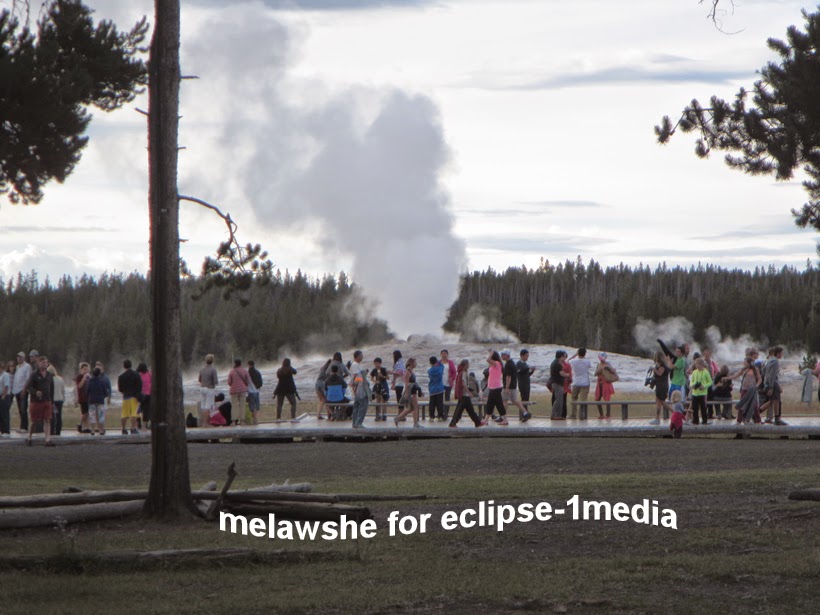Los Angeles DOES have seasons! Subtle, but specific.
View the stunning sunset at the Winter Solstice for 2014 at the
HD
Hikers can get access to the park at the Victory Trailhead at the western terminus of Victory Boulevard in West Hills, CA.
Keri and Michael from The Earth Minute have been here many times.
But what a sunset!
Visit us every week to watch more at: TheEarthMinute.com

















































